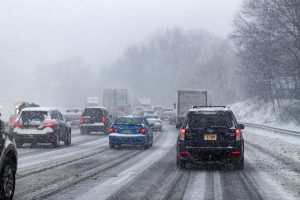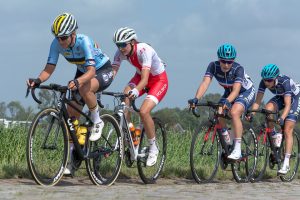Paramedic students from University of Northampton were invited to Brixworth Fire Station to take part in a training scenario involving a staged road traffic collision (RTC).
The training opportunity was provided by Northamptonshire Fire and Rescue Service (NFRS) to enable both firefighters and trainee paramedics to practise their skills in dealing with the aftermath of an RTC.
The event last week, which saw firefighters cutting a car in order to free ‘casualties’ left trapped inside, was the first of two taking place this month.
The casualties were played by volunteers from the Northamptonshire Emergency Services Cadets, who also donned make-up to simulate particular injuries.
The car cutting was carried out by firefighters from Brixworth and Guilsborough stations, and the student paramedics were on hand to assess what action was needed and to deliver appropriate treatments to the ‘casualties.’
Crew Commander Alan Beckett said: “We have carried out this exercise for several years now and each time it provides a valuable learning experience for both firefighters and students.
“In real life situations, people working for each of the emergency services have to go to a scene and work alongside each other, fitting in with the roles each organisation plays. This is why multi-agency training scenarios like this one are so important for those involved as it gives all participants an insight into the best ways to work together to deal efficiently and effectively with the consequences of a collision.”
Dr Roshni Khatri, Subject Lead for Health Professions at the University of Northampton, added: “Staged rescue scenarios provide immense value to our students, allowing them to see first-hand how what they learn in the classroom relates to real life situations.
“They make the same type of on the spot decisions qualified professionals do, all within a safe and controlled environment alongside a seasoned emergency service team.
“Many thanks to our partners at Northamptonshire Fire and Rescue Service for their continued support in helping shape the paramedics of the future.”
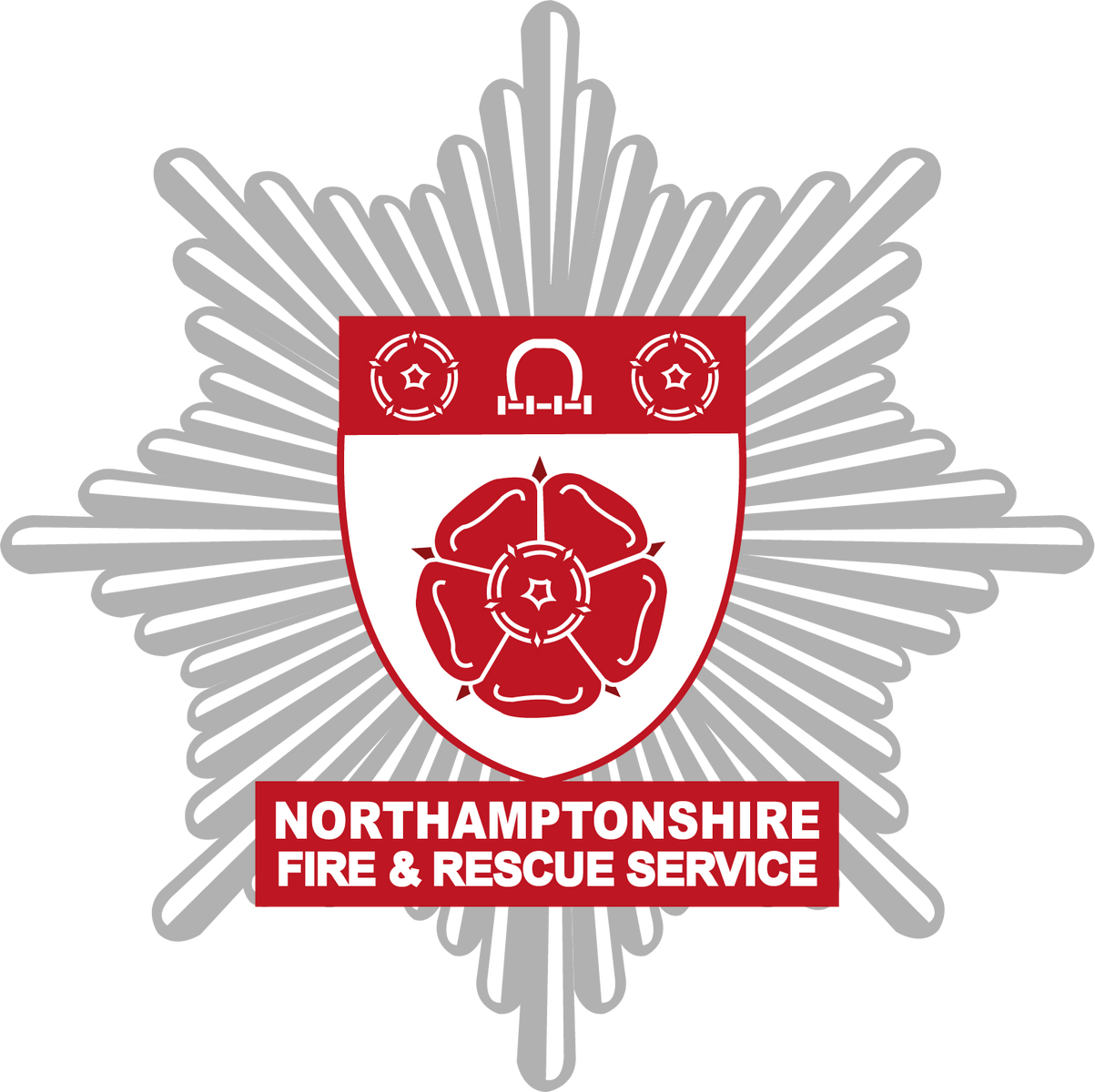

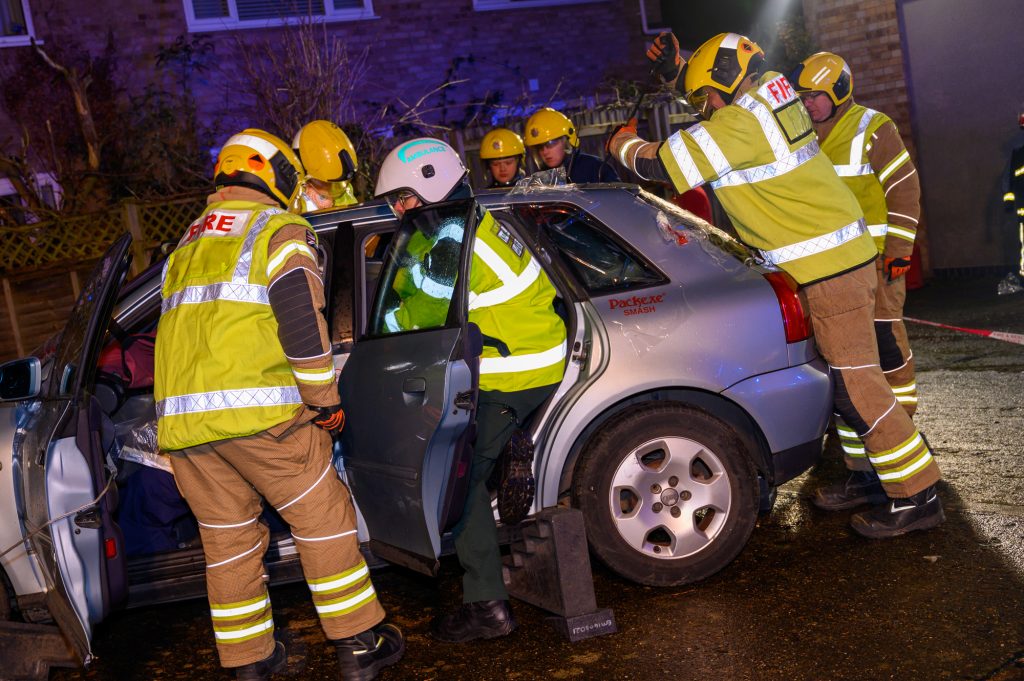

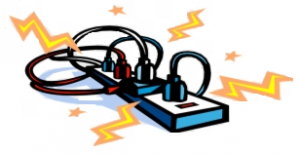



 Fire Risk Assessment (worked example for House in Multiple Occupation (HMO)) (PDF 389KB)
Fire Risk Assessment (worked example for House in Multiple Occupation (HMO)) (PDF 389KB)